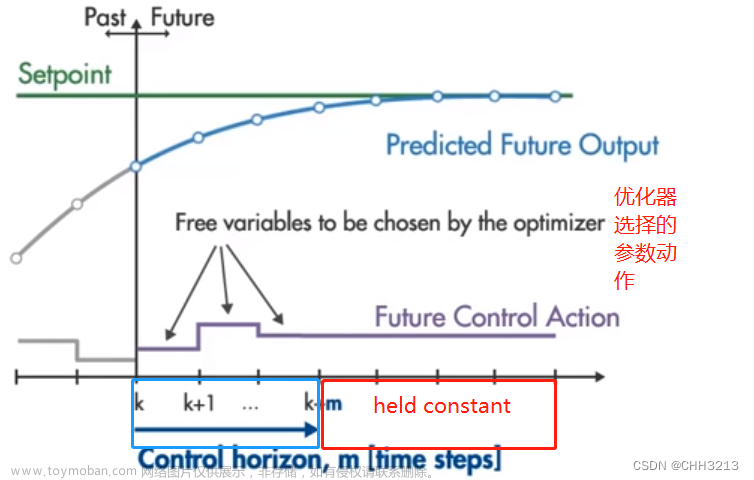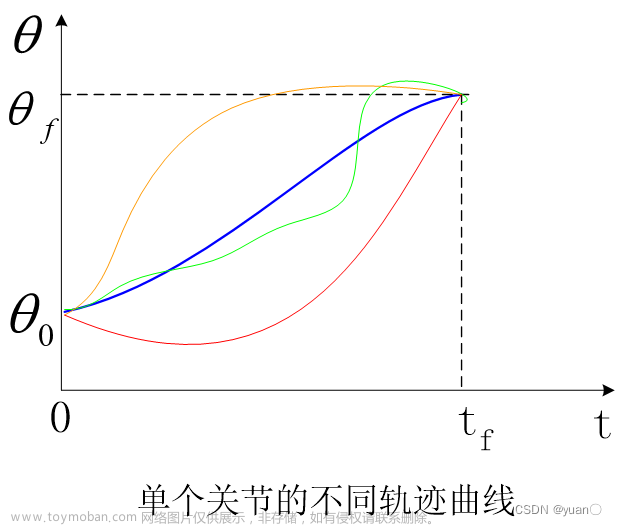一、 Real Data
-
ETH:
- Univ. + Hotel;
- 750 pedestrians exhibiting complex interactions
-
UCY:
- Zara01, Zara02 and Uni.
- 780 pedestrians
单应性矩阵,SLAM中的当用多个不同相机拍摄同一个三维平面需要考虑的矩阵,适应场景为平面情况
商场
这个数据集是用双鸟瞰相机对平面拍摄
将成群行走的人标出,ID和obsmat中一样,每一行是一组 format id1 id2 id3
数据集里有目的地,假设所有人都有一样的目的地。
标注xy平面的以米为单位。
A homography from image to ground plane was estimated from four manually clicked points on the footpath to transfer image to world coordinates. As destinations we chose two points far outside the left and right image borders, which holds for most subjects。

-
WildTrack: TrajNet++主要使用
- ETH Zurich (苏黎世联邦理工)
-
L-CAS:
- 900 pedestrian tracks
-
CFF:
-
42 million trajectories
在火车站安装了超过100个摄像头来捕捉轨迹。
标注分为以下几步 -
检测 detection,安装top-view的optical和热成像相机/或者深度相机来防止自遮挡。
-
Tracklet generation。给出分割前景轮廓。一旦人被定位到地面上,解minimum network flow(引用)。
-
Tracklet association

确定entry point 和 exit point.从地图上的起点到重点之间靠相机的一段段轨迹拼接成一个完整的轨迹。解优化问题拼接轨迹。
-
二、Synthetic Dataset
- ORCA simulator selection.
- Dataset Generation:
给定ORCA参数
随机初始化n个行人,(每个人)在半径为r的圆上,所有人最小距离未d_min.
三、部分其它数据集
- WILDTRACK
- 7个固定位置的HD相机。4个GoPro Hero 3 和 3个GoPro Hero 4。1920x1080, 60fps,同步差50ms左右
苏黎世联邦理工教学楼+天气好
相机对齐:使用Pinhole camera model.
- 获取 intrinsic and the extrinsic parameters
- we used points on the ground whose distance was measured by hand
- 3D重构;3D点+2D点。对7个相机的7x15个点进行寻优,包括旋转、平移、相机焦距、主点、radial distortion and tangential distortion.

标注:自己开发的Graphical User Interface (GUI)。标注bbox+前脚顶(大约是底边的1/2)。
-
L-CAS
室内,3DOF(2D position + 1D rotation)在世界坐标系中。使用3D LiDar在固定地图做 机器人 文章来源:https://www.toymoban.com/news/detail-501524.html
文章来源:https://www.toymoban.com/news/detail-501524.html -
UCY(https://sci-hubtw.hkvisa.net/10.1111/j.1467-8659.2007.01089.x)
目的是为了学习轨迹来设计行人模拟器。
消费级相机;较高的视角;
标注的x,y是行人在像素点的位置,帧中央为原点。还标注的行人看向的方向。 文章来源地址https://www.toymoban.com/news/detail-501524.html
文章来源地址https://www.toymoban.com/news/detail-501524.html
到了这里,关于自动驾驶之行人轨迹预测数据集的文章就介绍完了。如果您还想了解更多内容,请在右上角搜索TOY模板网以前的文章或继续浏览下面的相关文章,希望大家以后多多支持TOY模板网!


![[自动驾驶算法][从0开始轨迹预测]:二、自动驾驶系统中常用的坐标系及相应的转换关系](https://imgs.yssmx.com/Uploads/2024/02/794947-1.png)
![[自动驾驶算法][从0开始轨迹预测]:一、坐标系和坐标系变换](https://imgs.yssmx.com/Uploads/2024/01/814950-1.png)









